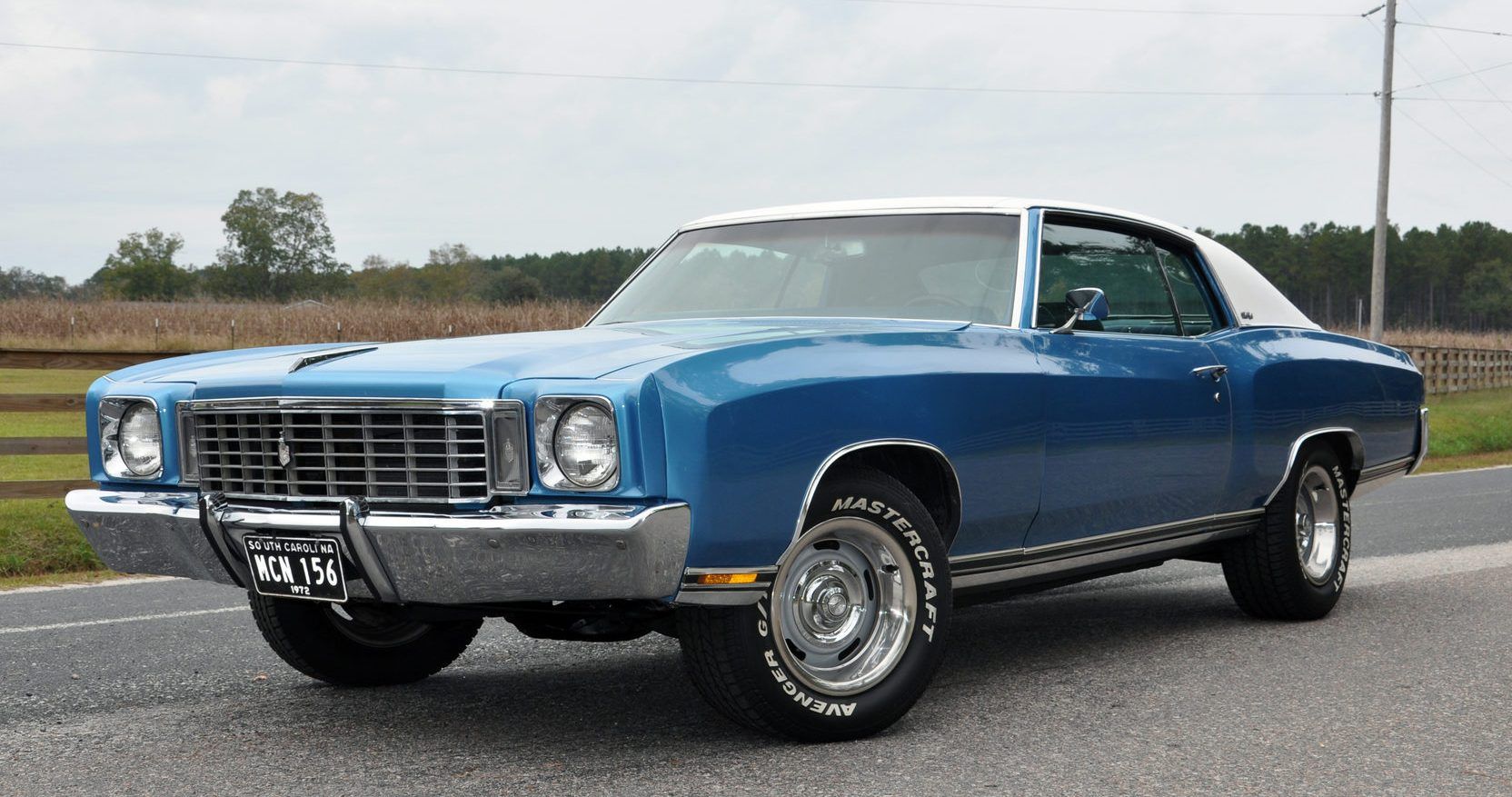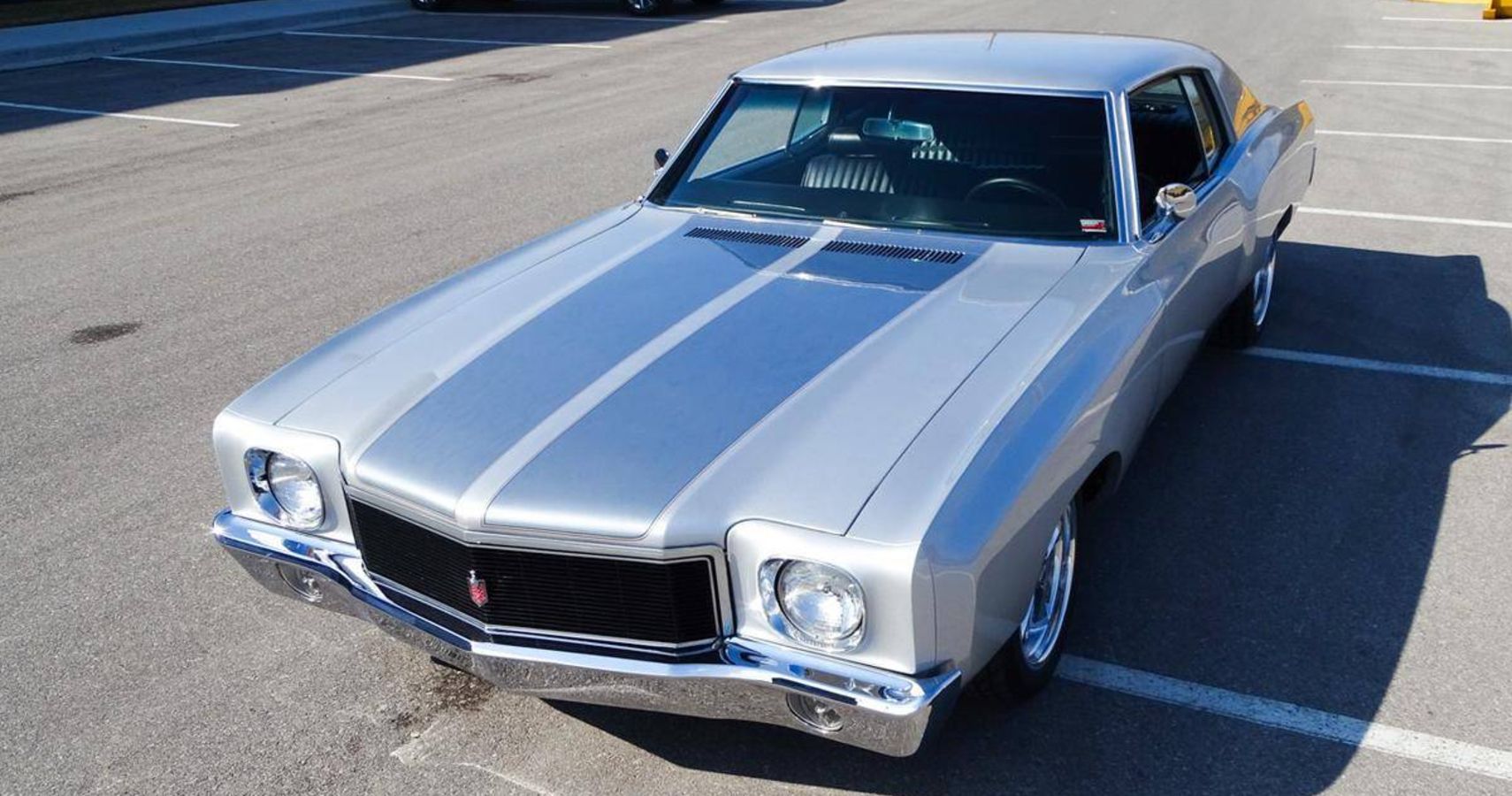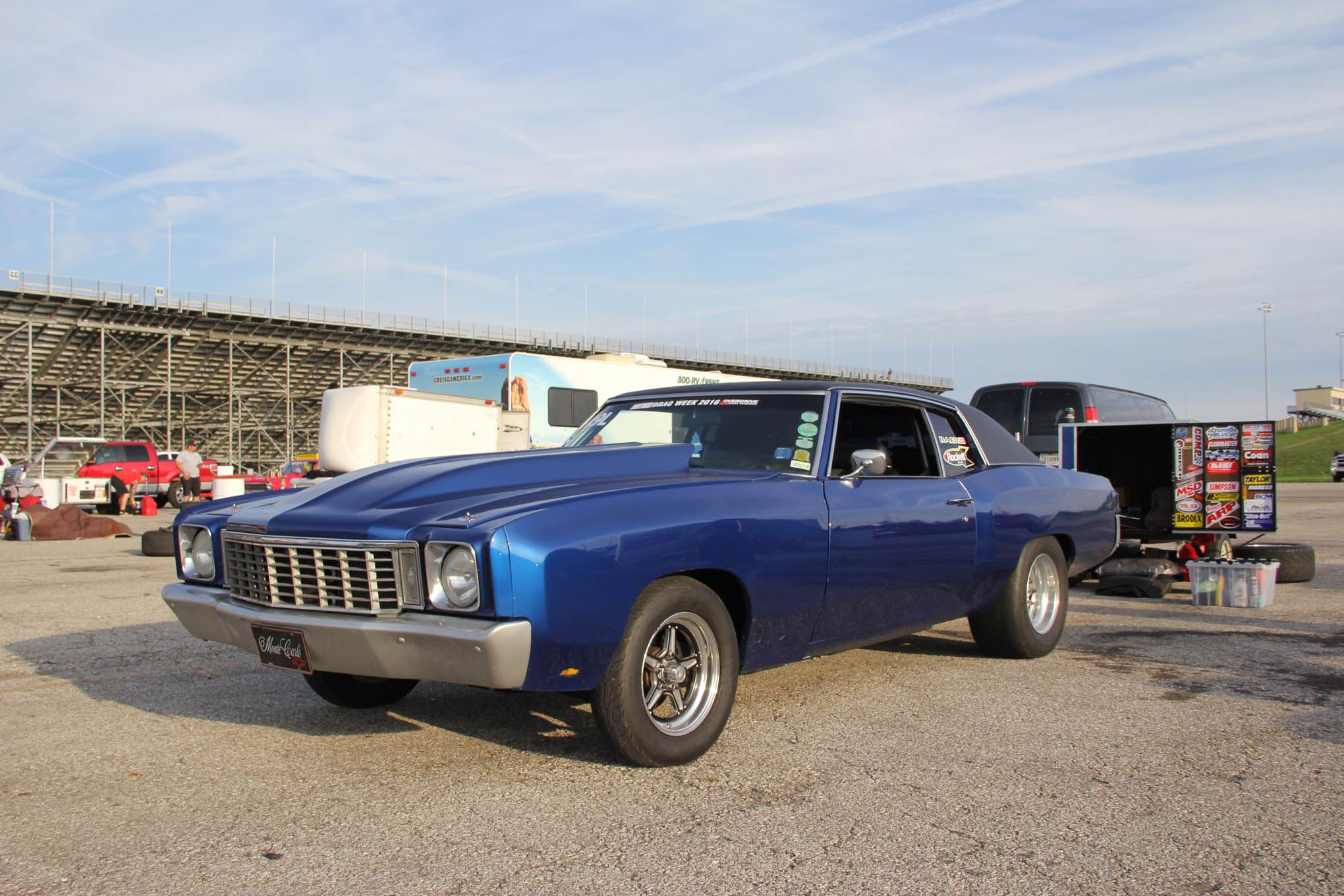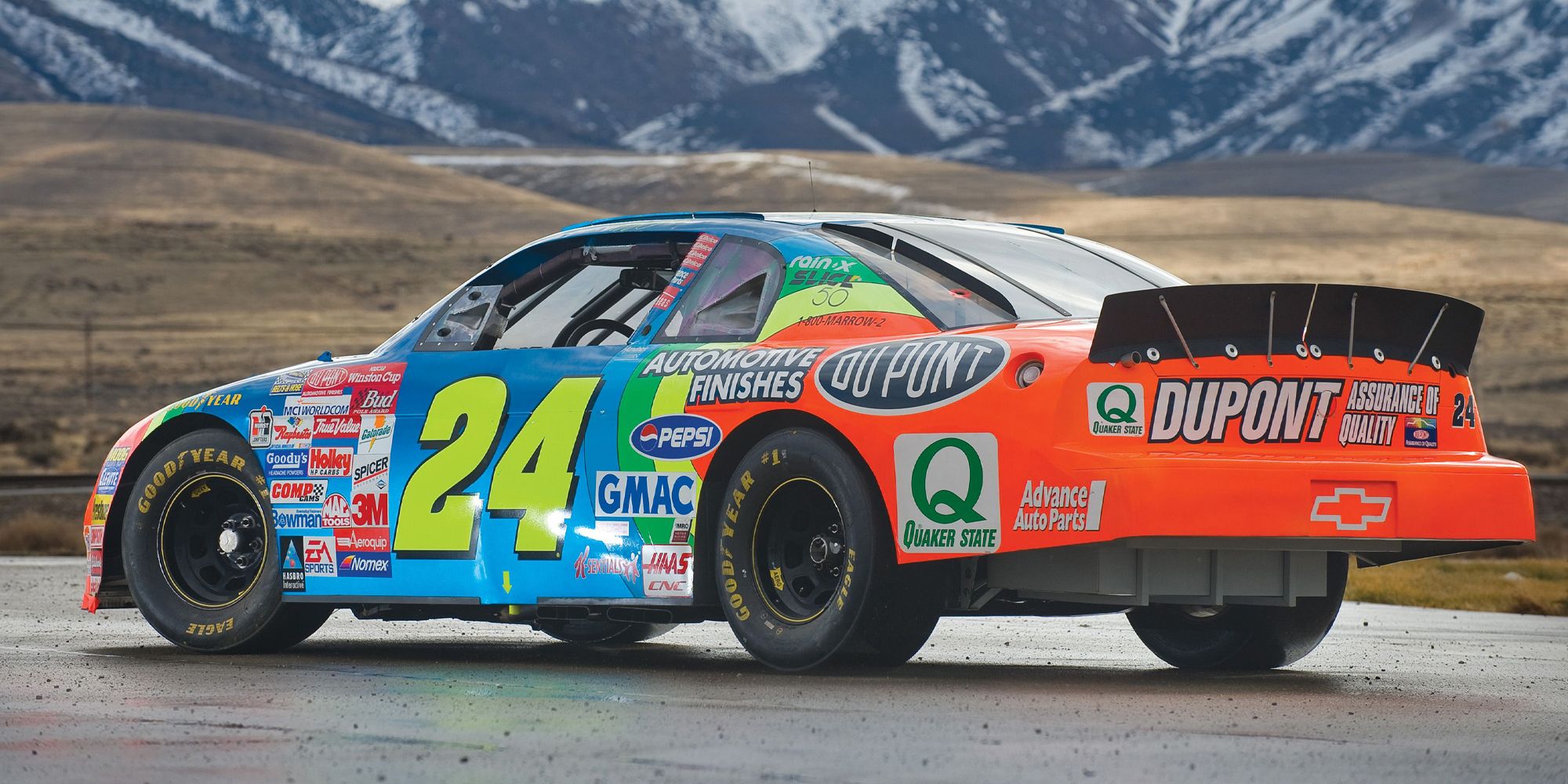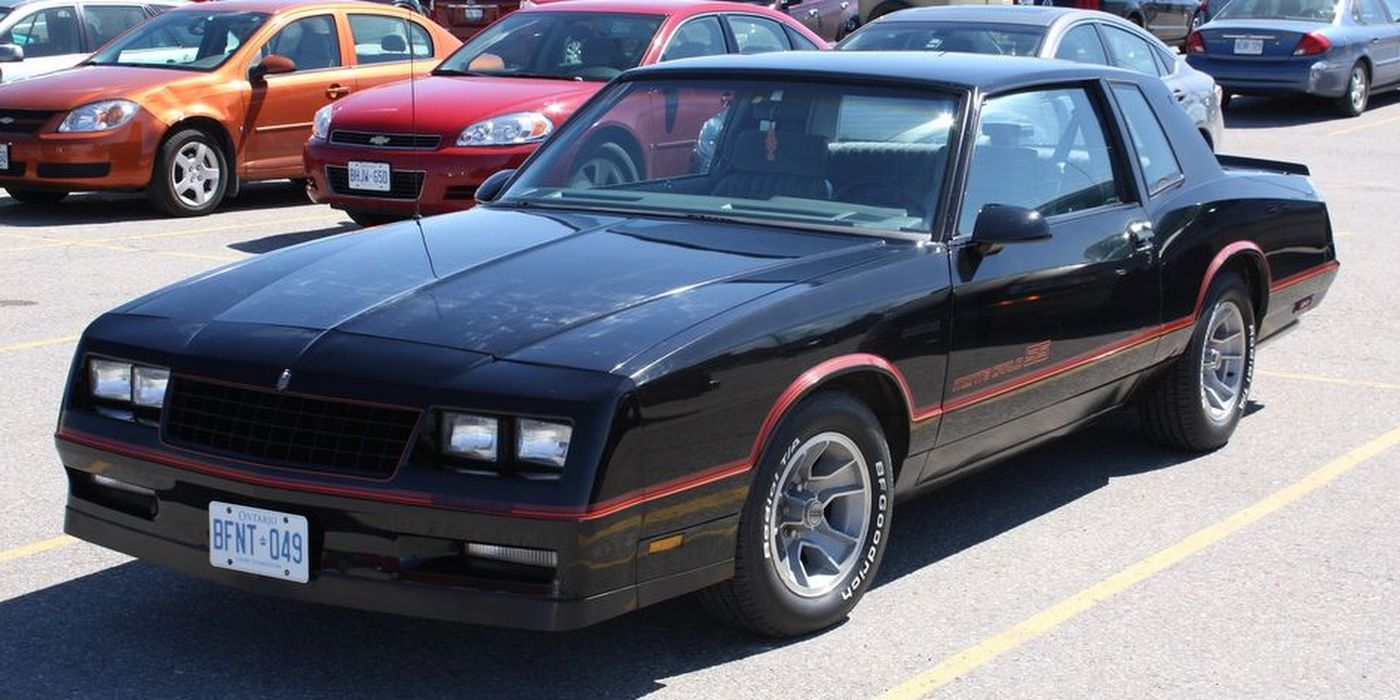The Chevrolet Monte Carlo is an underrated car. It doesn’t look stylish, so drivers have overlooked it. It was first produced in 1969 and it was based on the Pontiac Grand Prix. In its 1995 revival, the Monte Carlo became the coupe version of the Chevrolet Lumina.
The model was discontinued in 2007 due to poor sales and to Chevrolet’s latest model, the Camaro. The Camaro might have taken the spotlight, but the Monte Carlo deserves a better reputation. Here are 10 reasons why.
10 It’s Not Your Usual Personal Luxury Car
This vehicle classification is aimed at the U.S. market and it defines mass-produced coupes with a sporty look and feel. The first personal luxury car was the Ford Thunderbird, manufactured in 1958. The Chevrolet Monte Carlo was marketed as providing “elegance and prestige that took personal luxury cars to the masses.”
Like the Thunderbird, these models are large, rear-wheel-drive vehicles powered by large V8 engines. However, thanks to the SS package, the Monte Carlo also had the ability to compete with the most competent muscle cars of its era.
After the '70s, personal luxury cars downsized and they became mid-size cars with six-cylinder engines and front-wheel drive. But their tame looks always made them just another car, despite all the potential for performance Monte Carlos had.
9 They Make Some Of The Best Dragsters
According to Hot Rod, 1970-72 Monte Carlos are some of the best dragsters at Drag Week, despite their massive weight. The Monte Carlos that participate at these events can easily tip the scales at over 4000 lbs; however, they are also able to put out over 900 horsepower!
Fitted under those long hoods of the best Monte Carlo dragsters are monstrous 540 or 582cu big-block engines. All that power going to the rear wheels makes the quickest Monte Carlos complete the quarter-mile in under 8 seconds, which is truly impressive.
8
7 It’s Roomy
According to a 1970s survey by Popular Mechanics, 10.1 percent of the first-generation Monte Carlo’s owners thought the car didn’t have enough room. Which leaves 90 percent of drivers pleased with the vehicle’s spacious interior. The dimension specifications are leg-room front 42.1’’ and leg-room rear 32.9’’.
Three passengers fit in the rear seats with no issues and plenty of room to have a comfortable ride. Reviewers of the 2005 Monte Carlo agreed 100 percent on the car’s roomy interior. One writer reported, “I like the legroom, in most cars I can't get far enough away from the pedals.” The Chevrolet is made for short people too.
6 The Front Impact Rating
In NHTSA frontal crash tests, the 2007 Chevrolet Monte Carlo received five stars (out of five). Side-impact tests on a Monte without side airbags resulted in three stars for the front occupants and four stars for those in back. For the 2004 model, the crash test results gave five stars to the front, a crash that is simulated with a frontal barrier test simulates a head-on collision between two similar vehicles, each moving at 35 mph.
The 2001 Monte Carlo received the same, brilliant results. This Chevrolet is safe, perfect to navigate through traffic.
5 It Participated In The NASCAR
The 1971 Chevrolet Monte Carlo was the first one to be considered for NASCAR thanks to its specifications: the 116 in wheelbase and long-hood design. Since the hood was placed further back in the chassis, it allowed for better weight distribution. In the sixth generation of the vehicle (2000-2007), NASCAR produced the aerodynamic styling and ducktail spoiler.
NASCAR didn’t just choose the Monte Carlo, Chevrolet also chose NASCAR. The manufacturer produced special edition Monte Carlos inspired by the race’s drivers, such as the 2001 2001 Dale Earnhardt Signature Edition, or the Intimidator. Before the discontinuation of 2007, the Monte Carlo won NASCAR Manufacturers Cup awards.
4 It’s Quiet
Drivers described the Chevrolet Monte Carlo as quiet, perfect for late-night runs, or for early, morning commutes. It isn’t just the noises from the engine or the transmission, since this Chevrolet keeps the outside world, well, outside. “I think the car shines when driven on the highway. It handles bumps and dips in the road well and keeps engine and wind noise to a minimum,” one reviewer wrote on Cars.com.
While another driver gave five stars to the car because “it is one of the quietest, funniest driving, and more economical cars we have ever owned!”
3 The Super Sport Package
In 1970, Chevrolet introduced the Monte Carlo SS, which was the sporty and most powerful option package. It featured: a standard Turbo-Jet 454 of 454 CID with a four-barrel carburetor, rated at 360 hp at 4800 rpm, 500 lb-ft of torque, with a heavy-duty suspension and the Turbo Hydra-Matic three-speed automatic. While the SS wasn’t a success with everyday people, it was a star in the racing world.
Later generations of the Monte Carlo SS saw many upgrades, such as the new front fascia, a rear spoiler, a V8 engine, and Strato bucket seats and floor console as extra-cost options.
2 The Impressive Brakes
The first generation of the Monte Carlo had standard front disc brakes, but the generation manufactured between 1985 and 1988 featured power front disc brakes. The 2000 Monte Carlo revival had even more braking improvements. As Auto Week writes, “Monte was also impressive in braking, within a few feet of the competition.” This Chevy took only 133 feet to stop from 60 mph and 238 feet to stop from 80 mph.
The SS features an anti-lock brake system (ABS) and Electronic Traction Control with Corner BrakeControl (CBC) standard. The powerful and fast braking package of the Monte Carlo might explain why NASCAR riders loved it so much.
1 The Swift Handling
The Chevrolet Monte Carlo is easy to handle, a swift ride indeed. It featured standard radial-ply tires, Pliacell shock absorbers, high-caster steering, and front and rear anti-roll bars. The 1973 model had a more European style, with a three-speed transmission, either manual or automatic. Motor Trend reports that “reasonably crisp, precise steering gears that make a long sweeping curve or a tighter backroad ess-bend easy to control.”
The Chevrolet Monte Carlo is a fast and comfortable cruiser, perfect to zigzag in traffic or speed on the highway.

